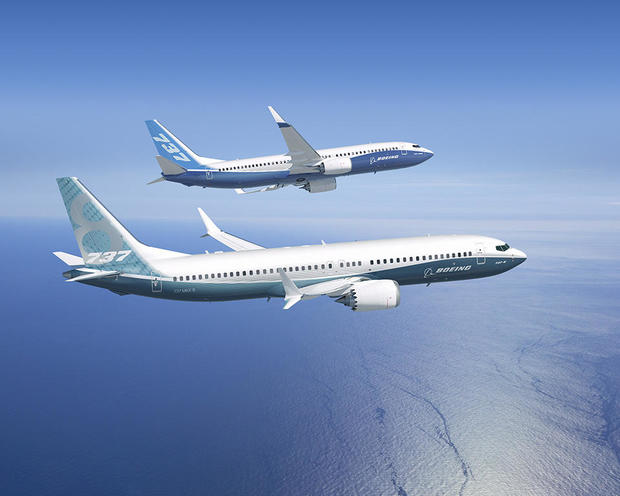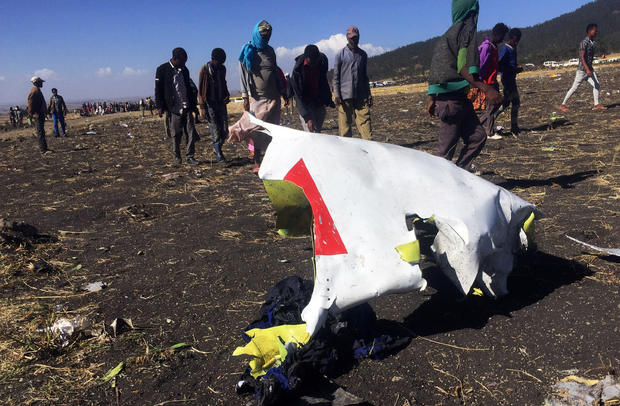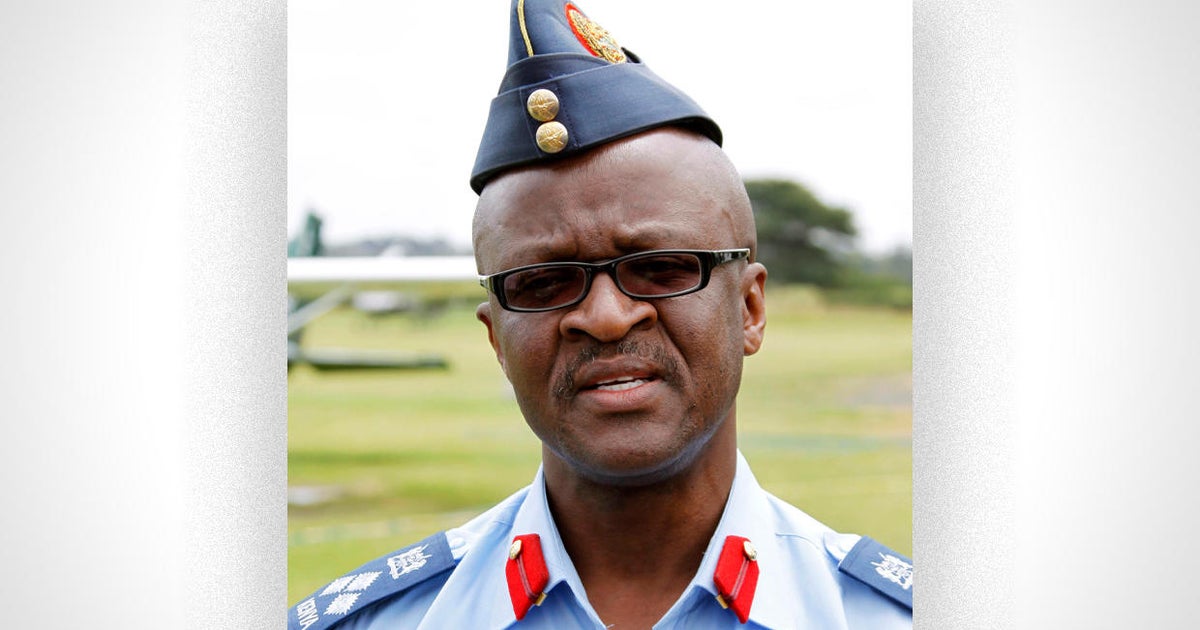Boeing plane in Ethiopian Airlines crash was same model in deadly Lion Air disaster
The Ethiopian Airlines plane that crashed shortly after takeoff with 157 people onboard Sunday morning was a Boeing 737 Max 8, the same type of plane that crashed in Indonesia last fall, killing 189 people. While investigators are still in the early stages of determining the cause of Sunday's deadly crash, the fact that both planes failed shortly after takeoff is likely to raise concerns about the safety of the 737 Max 8, which was introduced two years ago.
Ethiopian Airlines grounded its fleet of 737 Max 8s on Monday, saying, "Although we don't yet know the cause of the accident, we had to decide to ground the particular fleet as (an) extra safety precaution."
China did the same, at 9 a.m. Beijing time (9 p.m. EDT), for at least nine hours, and said it would consult with the U.S. Federal Aviation Administration and Boeing during that time. Eight Chinese nationals were among the 157 people aboard the plane when it crashed Sunday shortly after takeoff.
Cayman Airways said Monday it was temporarily grounding both of the 737 Max 8s it operates.
Ethiopian Airlines Flight 302 crashed about six minutes after taking off from the Ethiopian capital of Addis Ababa. Everyone onboard was killed, including passengers from at least 35 countries, including America.
Lion Air Flight JT610 went down shortly after takeoff in October 2018. A little-known system known as the Maneuvering Characteristics Augmentation System (MCAS) was suspected to be a factor in the disaster, according to a preliminary report by Indonesian investigators in November. MCAS is an automatic feature that detects if the nose of the plane is pitched up too high and pushes it down to prevent the craft from stalling. The system is needed since the engines on the 737 Max are bigger than previous models of 737s.
But a failure of the plane's sensors can trigger MCAS to repeatedly push the nose down even if it's not in danger of stalling. This can potentially cause the plane to enter into a dive unless pilots follow a long-established procedure used in similar situations.
In the Lion Air crash, Indonesian investigators suspect a faulty sensor triggered the MCAS system, forcing the nose of the plane down. The preliminary report determined the pilots tried to raise the nose of the aircraft more than 20 times during the 11 minutes it was in the air. Eventually, the pilots told air traffic controllers they were flying the plane manually and couldn't determine their altitude. The plane plunged into the sea moments later.
Following the Lion Air crash, Boeing and the Federal Aviation Administration (FAA) issued an advisory to pilots detailing existing procedures that can be used to recover from an abrupt nose dive.
"We are issuing this [airworthiness directive] because we evaluated all the relevant information and determined the unsafe condition described previously is likely to exist or develop in other products of the same type design," the FAA wrote.
In addition to reiterating the procedures for pulling out of a dive, Boeing is also working on a software update for the Max 8 to address the lessons learned from the Lion Air crash.
Since Boeing introduced the 737 Max 8 in May 2017, the company has delivered roughly 350 planes worldwide, with more than 5,000 orders placed for the latest generation of 737s. As of Dec. 31, American Airlines had 24 of the planes in its fleet, and Southwest Airlines had 31 aircraft in service. United Airlines' fleet includes 14 Max 9 planes, a larger version of the Max 8.
The Max 8 that crashed Sunday was new, having been delivered to Ethiopian Airlines in mid-November, according to Ethiopian Airlines CEO Tewolde Gebremariam. It had flown just 1,200 hours and went through a "rigorous" maintenance check in early February. The crew of Flight 302 included a senior captain with more than 8,000 hours of flight time and a first officer who had logged 200 hours.
It remains too early for investigators to determine whether is a systemic problem with the aircraft. When the flight data and cockpit voice recorder are recovered from Sunday's crash, the FAA will be particularly interested in determining if there is an issue with the plane's flight management system that could extend beyond this incident.
In a statement, the FAA said it is "closely monitoring developments in the Ethiopian Flight 302 crash early this morning. We are in contact with the State Department and plan to join the NTSB in its assistance with Ethiopian civil aviation authorities to investigate the crash."
Boeing said extended "heartfelt sympathies to the families and loved ones of the passengers and crew on board." The company said "a technical team will be traveling to the crash site to provide technical assistance under the direction of the Ethiopia Accident Investigation Bureau and U.S. National Transportation Safety Board."






